For millennia, philosophers, thinkers and religious types have pondered the whereabouts of the seat of the soul. For a while it was thought to be in the appendix – essentially because people couldn’t come up with any other reason for our having one. If our souls do have a specific location (if they exist at all), most imagine them to reside somewhere in our heads. Soulful or not, heads have fascinated artists since art began.
The portrait bust hasn’t always been so fascinating to modern eyes. Maybe we forget that those pure white marble, swathed in drapes of expertly carved marble, were once people, and were also frequently highly coloured in paint. Their whiteness and that cold stone stare seems to have removed them into a closed-over corridor of history. But even for a strand of culture that thrives on the new, artists do like to dip into history and head sculptures are, once again, having a moment.
They were there at this year's Venice Biennale, at the Prada Foundation exhibition, with Goshka Macuga's witty busts of philosophers, somewhat disrupted by having been turned into avant garde flowerpots: a metaphor for the fruits of mental labour perhaps? Then there's Revelation of the Head, an exhibition at the Messums space in Wiltshire, showing busts ranging from Neoclassical work by Canova to modern takes by artists including Elisabeth Frink, David Mach and Kevin Francis Gray.
Art of the head
Closer to home, Gray's work also features in a major exhibition opening at Castletown House. Put together by artist and designer Nuala Goodman, Dutch curator Hélène Bremer, and the OPW's Mary Heffernan, On a Pedestal celebrates the art of the head, as well as the 275th anniversary of the birth of Lady Louisa Conolly, whose taste (and the deep pockets of her husband, Thomas) shaped Castletown as we know it today.
In the 1700s, the Conollys were the epitome of elevated society, and the portrait busts selected for Castletown’s Long Gallery include Homer, Plato, Cicero, Sappho and Julius Caesar; which is a way of putting your own intellectual pretentions on a pedestal, alongside such figures from history. This is perhaps another reason that the portrait bust fell out of favour for a while: touching glory through adjacency becomes less potent when everyone is able to do it and, at worst, it falls into cliché.
Two and a half centuries later, and this exhibition shows that the tradition is perfectly at home with being updated. There’s Léo Caillard’s Farnese Hipster (2016), a development of the artist’s 2012 Hipsters in Stone series, in which the artist dressed the classical statues in the Louvre in funky gear. Caillard’s bronze Farnese Hipster is a re-take on a classical head of Hercules, but wearing groovy shades and a baseball cap. More than iconoclasm, Caillard’s work shows how context can separate us from understanding. Distant figures seem out of touch, while today’s heroes are, just like those of hundreds of years ago, seemingly ordinary people.
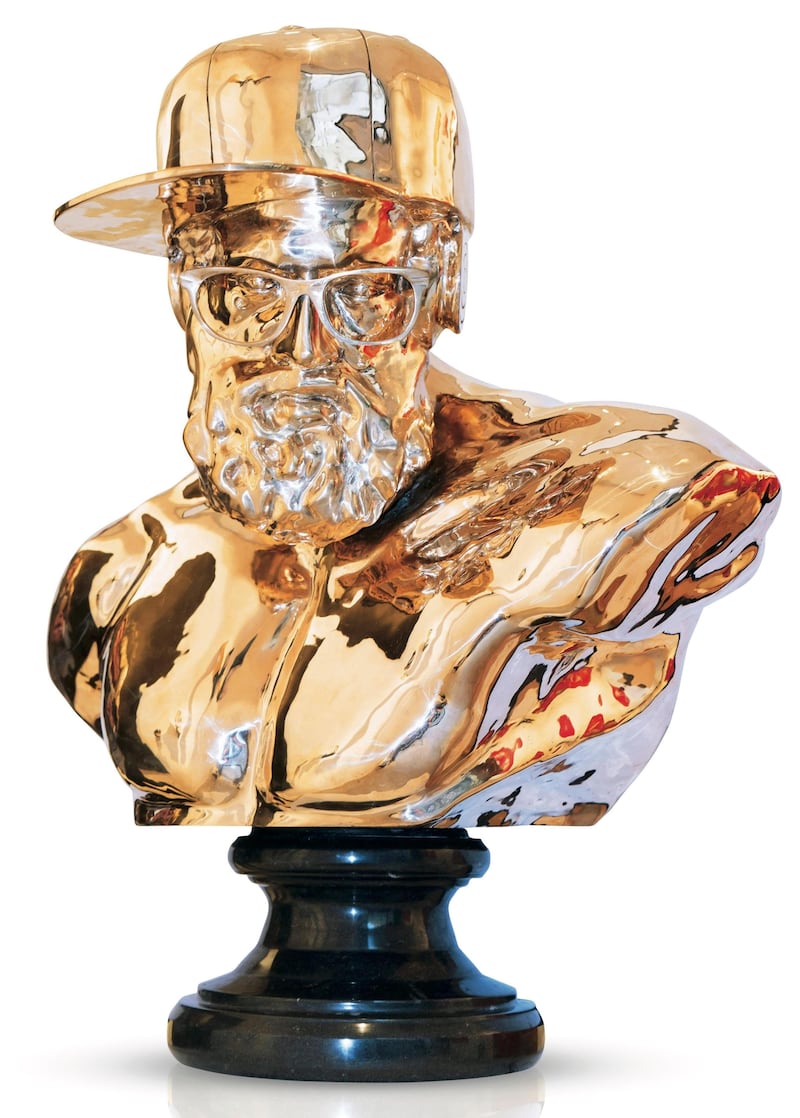

Troubling the tradition
Jam Sutton finds another way of troubling the tradition. Made in Carrara marble, his David and Goliath (2015) shows a hip kid, maybe a footballer, perched on a plinth. One sports-shod foot rests on the head of a toppled bust.
Ursula Burke picks up on the updating theme with Balaclava Bust (2014), a re-take on the Virgin with the Veil sculpture, that shows a Neoclassical head in porcelain, draped with a balaclava-like facial covering. The artist says her aim is to "create a conceptual bridge" between the classical "ideal" and the reality of contemporary post-conflict Northern Irish society.
Janet Mullarney steps out of the classical tradition, to pick up on Indian traditions with Rishabadeva (2010), an enigmatic aluminium torso.
Lady Louisa herself appears in Anne Valérie Dupond’s 2018 sculpture, made from stitched fabric, buttons and cardboard. “The main thread,” writes Dupond, “being a game of contradictions between the feminine and the masculine, solemn sculpture and embroidery, heavy and noble materials as opposed to light and humble.” Another example of this is Ann Carrington’s Noble Nobleman (2017), a bust inspired by the collection at London’s Victoria & Albert, but made from crushed beer cans.
“It always struck me that there was a discrepancy between the grandiose projected imagery of these sculpted portraits of the great and the good and that of the person on the street,” notes Carrington. “Portraits of queens, kings, astronomers and writers run parallel with the undercurrent of life that is so far removed from these images of the glorious and the pompous.”
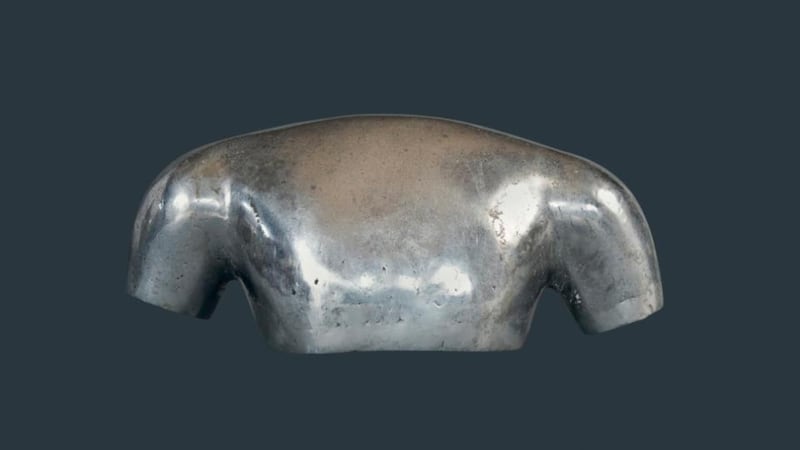
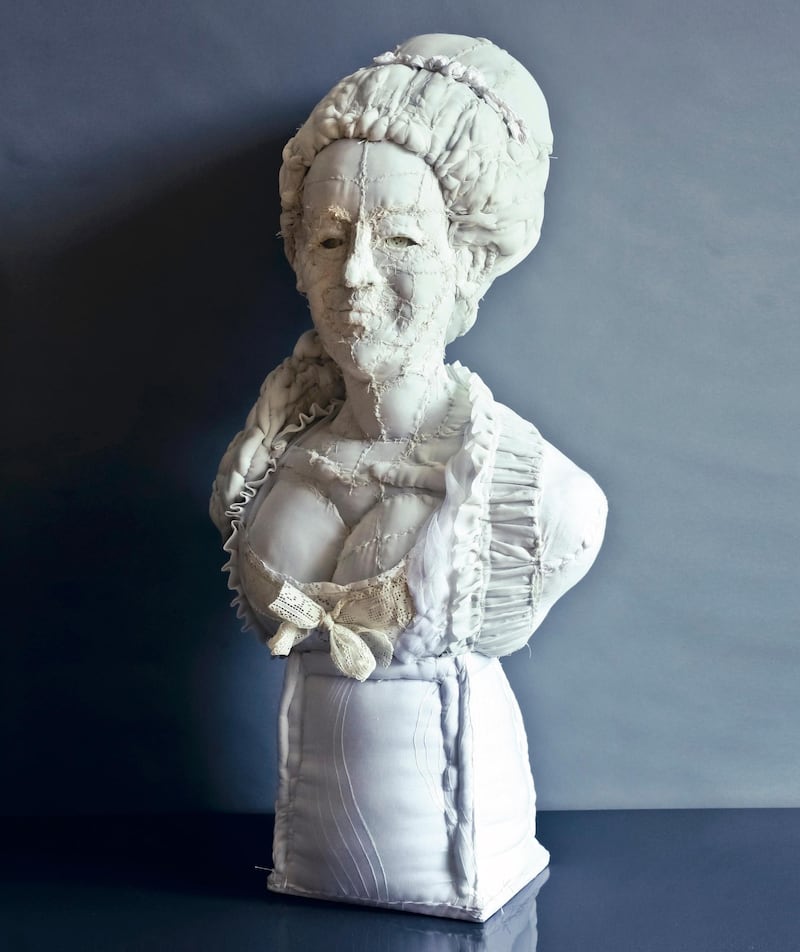
Variety of materials
One of the exhibition curators, Bremer, found the variety of materials used to be one of the most surprising aspects of the exhibition, which also features an ice sculpture by Sam Curtis.
Bremer suggests that part of the reason for the recurring interest in the portrait bust is the way artists are taught. “Traditionally art education starts with copying classical art works. Every artist visits the classical idiom; it is the starting point of Western collective thought on beauty,” she says. “The portrait is also used in transferring ideas on today’s society, by presenting famous people in a different way, but it also still is a wonderful way of immortalising special persons.”
It's not just special persons who can become "immortalised". Many years ago, I sat for the artist, Mike Gillespie, who was practising for a commission to sculpt somebody famous. I remember the bright, but draughty studio and the smell of wax, as he shaped my face in clay, building up, smoothing down.
Each morning I arrived to the studio, to find the clay model draped in damp cloth. I would watch myself emerge, discovering that I look rather sulky when I’m thinking, and that my nose is more pointy than I had previously thought. Once finished, the clay model was used to make a wax mould, into which the bronze was poured. Why go as far as making the bronze? I wondered. “I won’t know what it looks like until I see it,” Gillespie said.
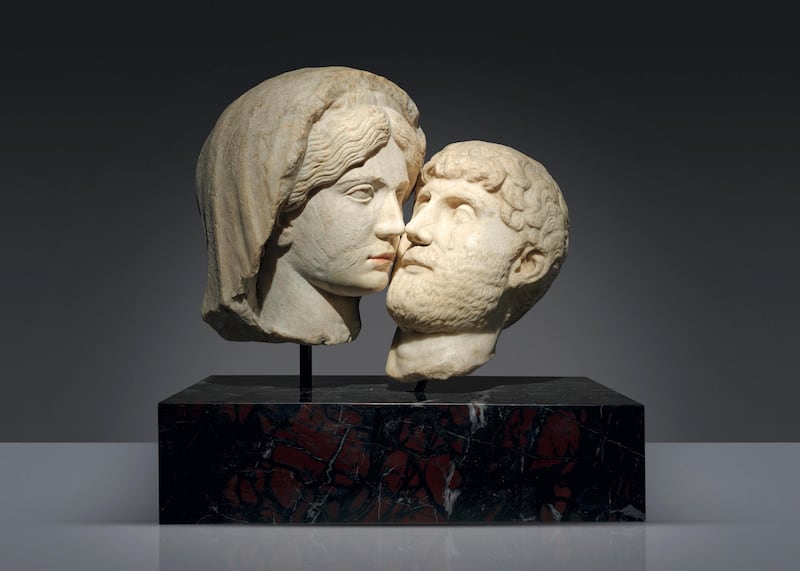
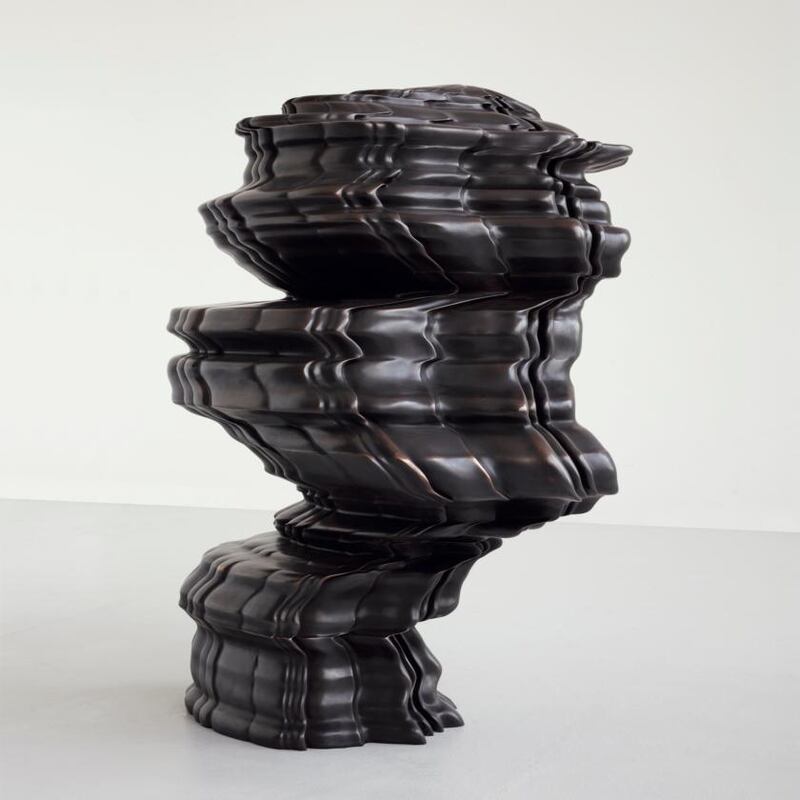
Fascinating medium
Artists follow a theme or a medium because it grips and fascinates them. The best work, because they can’t not work. “On an intuitive level I’d say that when creative people feel that everything has been already done they like to stop and look back to the past for greater understanding,” suggests Goodman; while Heffernan traces the fascination with the portrait bust back to childhood.
“Individual artists from the beginning of time […] will always be deeply fascinated with portraying the human portrait in three dimensions. We do it as children using clay and playdough. Whether it is ancient Egypt, Greece or Rome, the Renaissance, Neoclassicism; modern great artists seem to want to make their contribution to this noble tradition,” she says. “There is a trajectory about artists digging deep within themselves to aim to, in many examples, show our humanity in all of its beauty and complexity.”
The finished bronze of me was me, and yet not me at the same time. There was something about the form, and the material that distanced it from my sense of myself, even more than a photograph or a painting. The bronze gave my head a sense of still and eternal timelessness, which is obviously at odds with how we see ourselves in life.
Gillespie had, nonetheless, made an incredible likeness. Better known for his abstract pieces, he had worked for Jacob Epstein, and for Elisabeth Frink, who called him the best bronze caster in England. He died in 2012 at the age of 82, so I can't ask him where I am now. I think I may have been melted down, perhaps even turned into someone else.
- Machines à penser is at the Prada Foundation, Venice, until November 25th, fondazioneprada.org. Revelation of the Head is at Messums Wiltshire until July 8th, messumswiltshire.com. On a Pedestal is at Castletown House from July 1st to September 1st, and from September 8th to November 4th at Dublin Castle, castletown.ie












